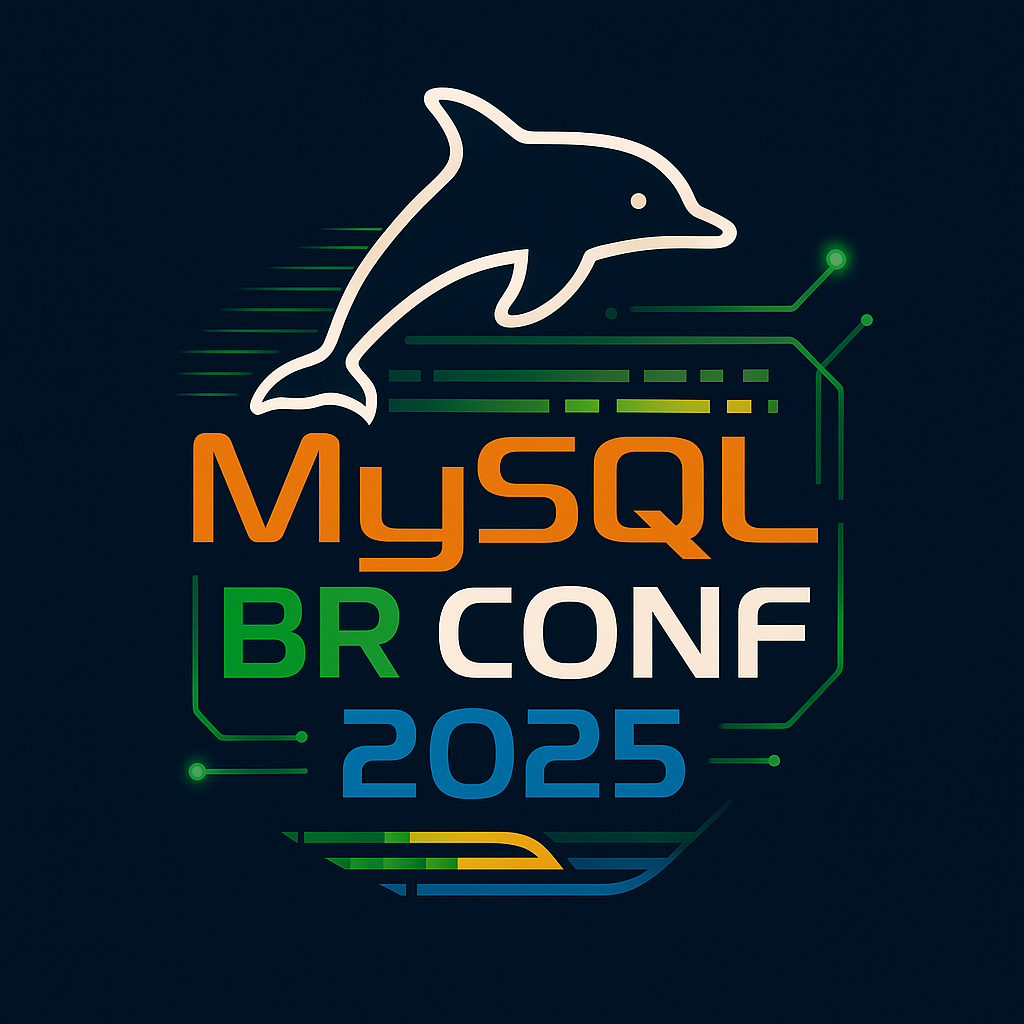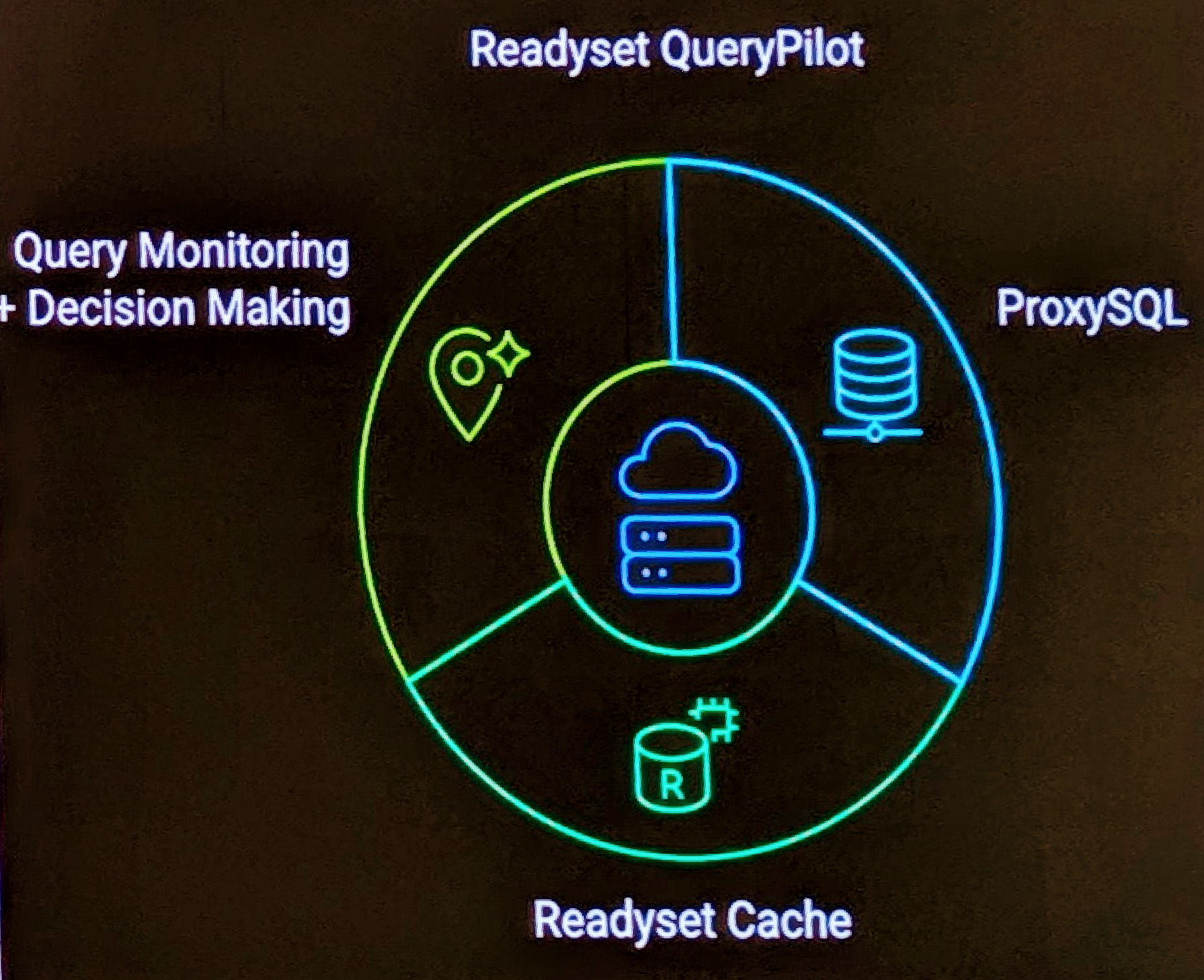 It wasn’t that long ago that MySQL released the GA Release of Version 5.0 with major new features (Oct 24 2005). It still took 5.0 about a year to go from alpha to GA, however I’d suspect a much shorter turnaround this time.
It wasn’t that long ago that MySQL released the GA Release of Version 5.0 with major new features (Oct 24 2005). It still took 5.0 about a year to go from alpha to GA, however I’d suspect a much shorter turnaround this time.
Version 5.1 is already at alpha, and the largest public functionality mentioned has been Partitioning. It is also anticipated that Storage Engines (a very handy MySQL feature in comparison to other RDBS products), will be a hot-pluggable API instead of a source re-compilation. Now I’ve never even looked at the Storage Engine code, but it’s been talked about a few times, particularly the CSV Storage Engine in general discussion.
There are some new features being documented now, but not generally available in an alpha build including Events Management (5.1.6) and XPath support within SQL (5.1.5).
Well I could use the events management immediately with some refactoring of code into a stored procedure. My current CRM allows for a system wide (ie all users) Phone Batch to be created for phone donations. Batches are locked into daily, so a new batch must be manually created each day. The ability to both automatically create a daily open Phone Batch, as well as automatically close the previous day’s while only a small task, removes a currently repetitive task from somebody’s day. Of course at present, this is planned, but via a cron job and wrapper script, now I could do it all in the Database.
XPath expressions, interesting, I use XPath Explorer a great standalone Java app, and Eclipse Plugin, but I guess now I can just do it at a SQL Prompt. What I’d really love to see is an XML Storage Engine.
XML Storage Engine
What about an XML Storage Engine? It would for lack of a better word be grossly inefficient, however it was more a Read/Only type structure, more you just write out a chunk of data in one go, and you always read the entire file. You don’t do partial updates (you could, but you rewrite the entire file), it leads itself to statistically information, written once only. So would it provide any benefit. Really only you have any sources of XML data and you just want to keep this information in an XML format, effectively the MySQL data file is an actual XML file that can be easily copied.
XML would allow for the files to be reused outside of MySQL directly. Using XSLT you could take these XML files for better presentation of statistical information. What other possible extensions for an XML storage engine could be possible. You could store and read RSS feeds, even OpenDoc standards as implemented by Open Office for Documents.
Would it serve any real purpose? Probably not. But with MySQL Storage Engines at least it’s easily possible.


